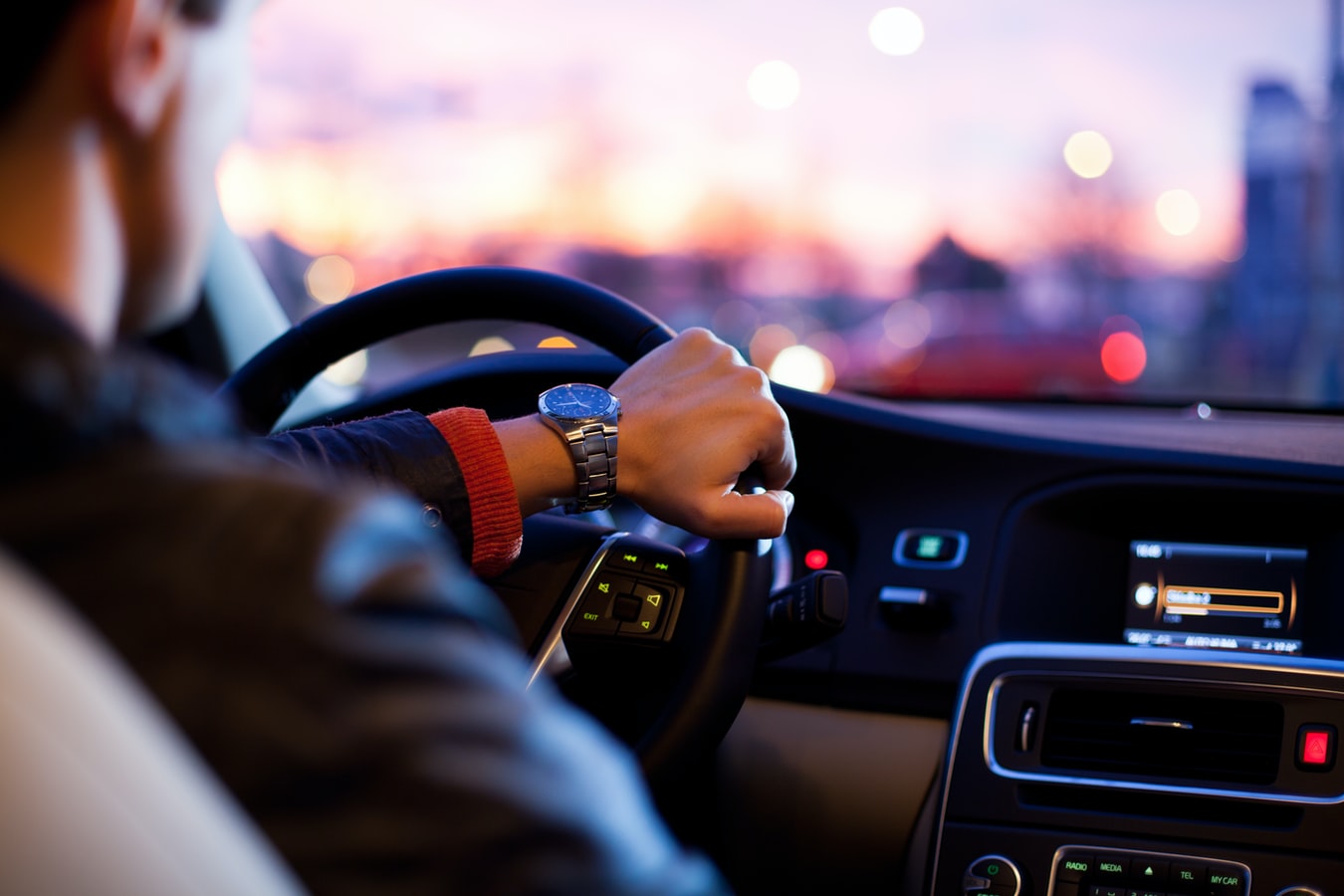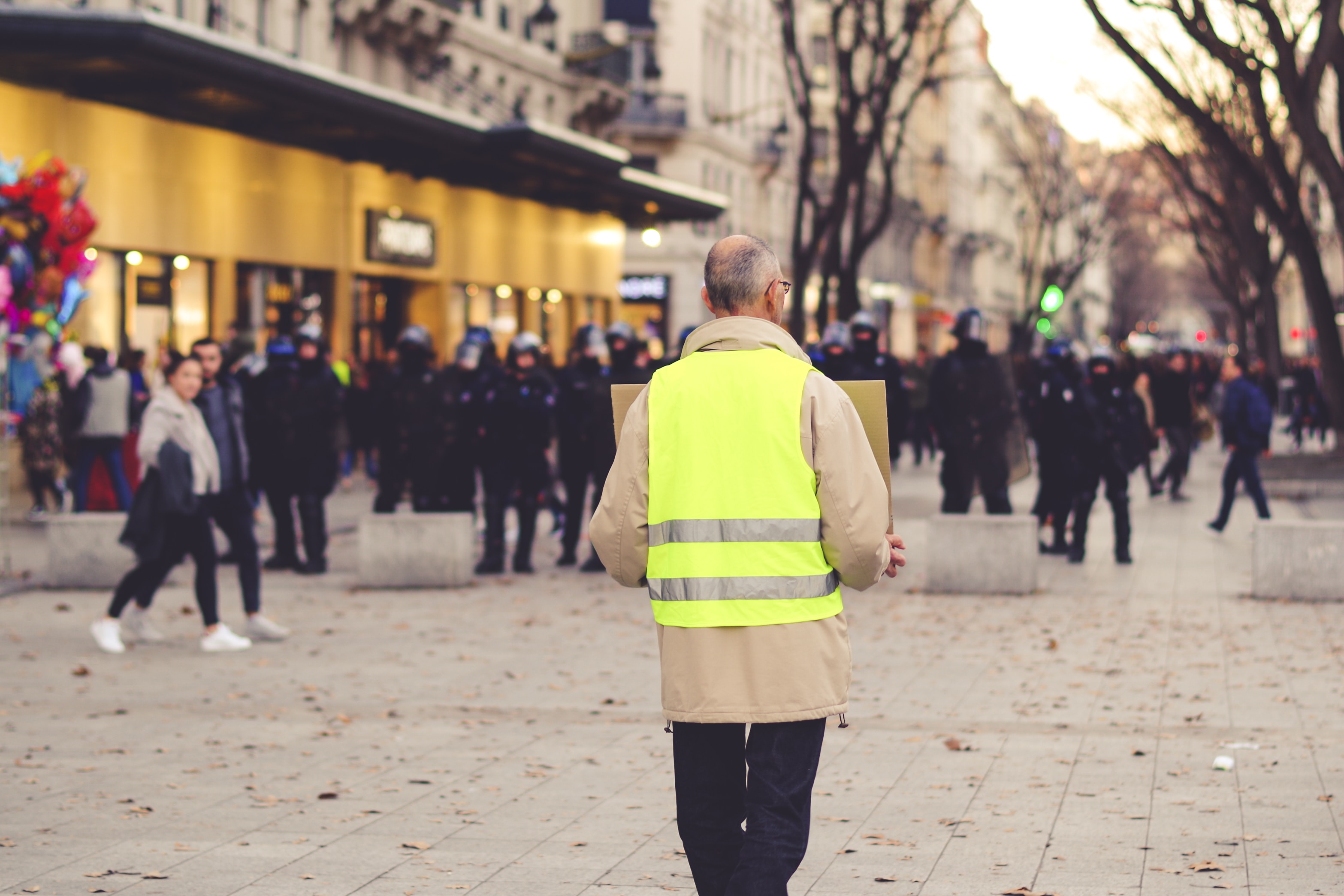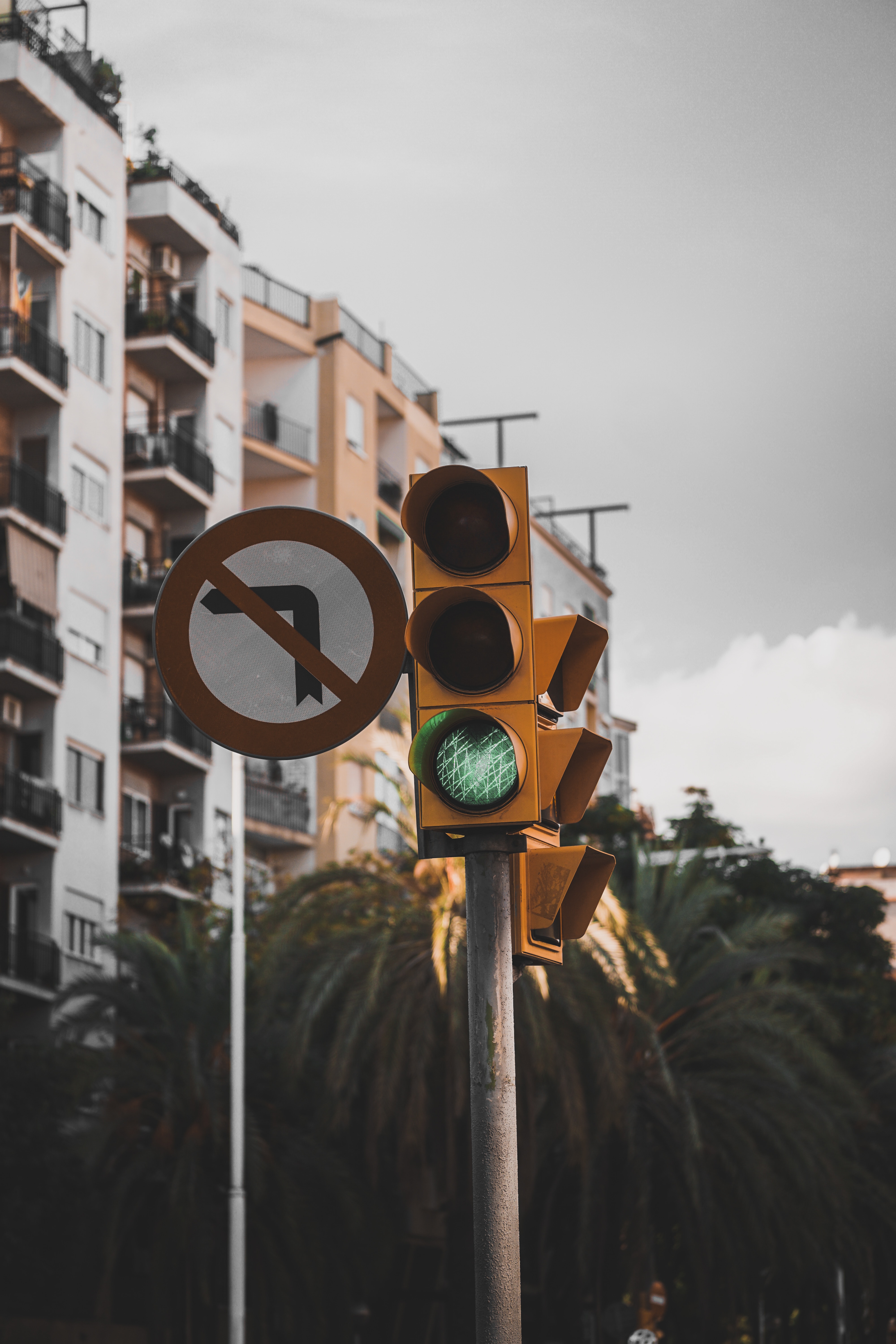
Driving in Spain vs Driving in the US: things you must know
When it comes to driving, each country has its own rules. For American ex-pats that are going to live in Spain, be aware of the Spanish driving regulations because there are subtle differences and even some very unique rules to follow.
1. Things you need to carry when you are on the road
2. Different traffic rules you need to bear in mind
3. At Adeslas, we care about your mobility and safety
1. Things you need to carry when you are on the road
Both countries require drivers to carry a US driver’s license and international driver’s permit (or a Spanish driving license if you are a resident of Spain, see the exam-taking process here and the exam formats here), insurance, car registration information, ownership, or rental documents. Apart from these documents, in Spain, you should also carry:

- Fluorescent jackets (at least the one for the driver): You will get fined if you are stopped by the police, the driver, or any passenger who walks out of the car without wearing a reflective vest.
- Two warning triangles: They serve as warning signs if the car needs to be parked on the road. In contrast, you don’t need to carry hazard flashers as required in the US.

2. Different traffic rules you need to bear in mind
In different states of the US, driving laws vary. Here we will line out some major differences between our traffic laws and the Spanish ones.

- Driving age: Unlike the US, in Spain, you must be above 18 years old to drive and 21 years old to rent a car.
- Seatbelts: All passengers and the driver in the front and back seats of the car are required to wear a seatbelt. If you don’t have the seatbelt well fastened and captured on the spot, you will be fined €200.
- Alcohol control: The legal blood alcohol limit for driving is 0.05 percent or 0.25 milligrams per liter in exhaled air. This is stricter than the US limit. If you violate the regulation and have been caught by the police, you will face a fine of up to 600€, a deduction of six points from your driving license, and suspension of your driving license for three months. A minimum fine of 1,000 Euros will be paid by drivers caught driving with double the drink-drive limit, under drug influence.
- Cell phone use: The use of cell phones while driving is prohibited, but hands-free kits are permitted. If you want to use a screen-based navigation system, only the ones that are well attached, and unable to block driver visibility will be permitted.
- Fine payment: If you don’t have a permanent address in Spain, you need to pay the fines directly on the spot. If you are unable to pay immediately, they can impound the car.
- Yellow lines: In residential areas, a single solid yellow line near the curb also means no parking.
- Baby in the car: If you have children in cars, you need to beware of the following terms:
- Includes all seats for babies from just born up to when they have 105 cm in height. These baby seats must be attached with Isofix, with the only exception of seats for children of 15 months old that can be strapped with the car seatbelt.
- Includes all seats for children with a height over 100 cm, the boosters must have a rigid back to improve child protection in case of an accident.
- An obligation to put all baby seats in the opposite direction for children under 80 cm of height or under 15 months old, can be made mandatory.
- According to DGT regulations in 2015, all child car seats, boosters, etc must be placed in back seats when the children’s height is not bigger than 135 cm, but there are some exceptions:
- When the car only has two seats
- When all back seats are already occupied by other children
- When there’s no possibility of placing the child's car seats in the back seats.
If any of these exceptions apply, the child could be seated in the front seat but always in a baby seat following his/her weight and size. If the seat is in the same direction as the movement of the car there must be an active airbag. In case the seat is in the opposite direction the airbag must be inactive. Lateral airbags may be kept active.
- Radar detectors and laser signal scramblers are illegal as they are said to interfere with speed monitoring systems. You will be faced with a fine of €6000 if your car is found with the installation. However, GPS is still legal and the Spanish Transport Department has created an app for the public with all the speed camera locations, where most fixed speed cameras are signposted.
- You cannot drive in flip-flops or open-backed sandals. Not only is this dangerous but also the police may fine people for this once detected, especially in holiday seasons or areas.
- You cannot drive in flip-flops or open-backed sandals, nor can you drive shirtless. Not only is this dangerous but also the police may fine people for this once detected, especially in holiday seasons or areas.

3. At Adeslas, we care about your mobility and safety
At Adeslas, we consider your overall safety and also offer the best accident insurance offers. You can contact us to know about our car insurance by phone call (+34 911746191), WhatsApp (+34 640048309), or email ([email protected]).
If you would like to know more about this topic, check out one of these other blogs:
- What are the formats of the Spanish driving exams and how to prepare for them?
- Driving in Spain as a UK citizen: things you must know
- Driving in Spain vs Driving in Australia: things you must know
- Guide to understanding "driving points" in Spain
- Driving in Spain: confusing Spanish road signs and what they mean?
- Spanish ITV car test: all you need to know about as an expat
- Riding a motorcycle in Spain: what motorcycles, mopeds, scooters can I ride?
- Riding a motorcycle in Spain: what regulations or laws should I remember by heart?
- A simple guide to the exchange, replacement, and renewal of your UK driving licenses
- Steps to request a driving license exam in Spain
Reference:
[1]dgt, w. (2021). Normativa y legislación. Retrieved 5 August 2021, from https://www.dgt.es/inicio/
[2] No Parking in Spain - Car Insurance Spain. (2018). Retrieved 5 August 2021, from https://carinsurancespain.es/no-parking-in-spain/
Our content will be updated according to the most recent legislation. Last update: 12/07/2023